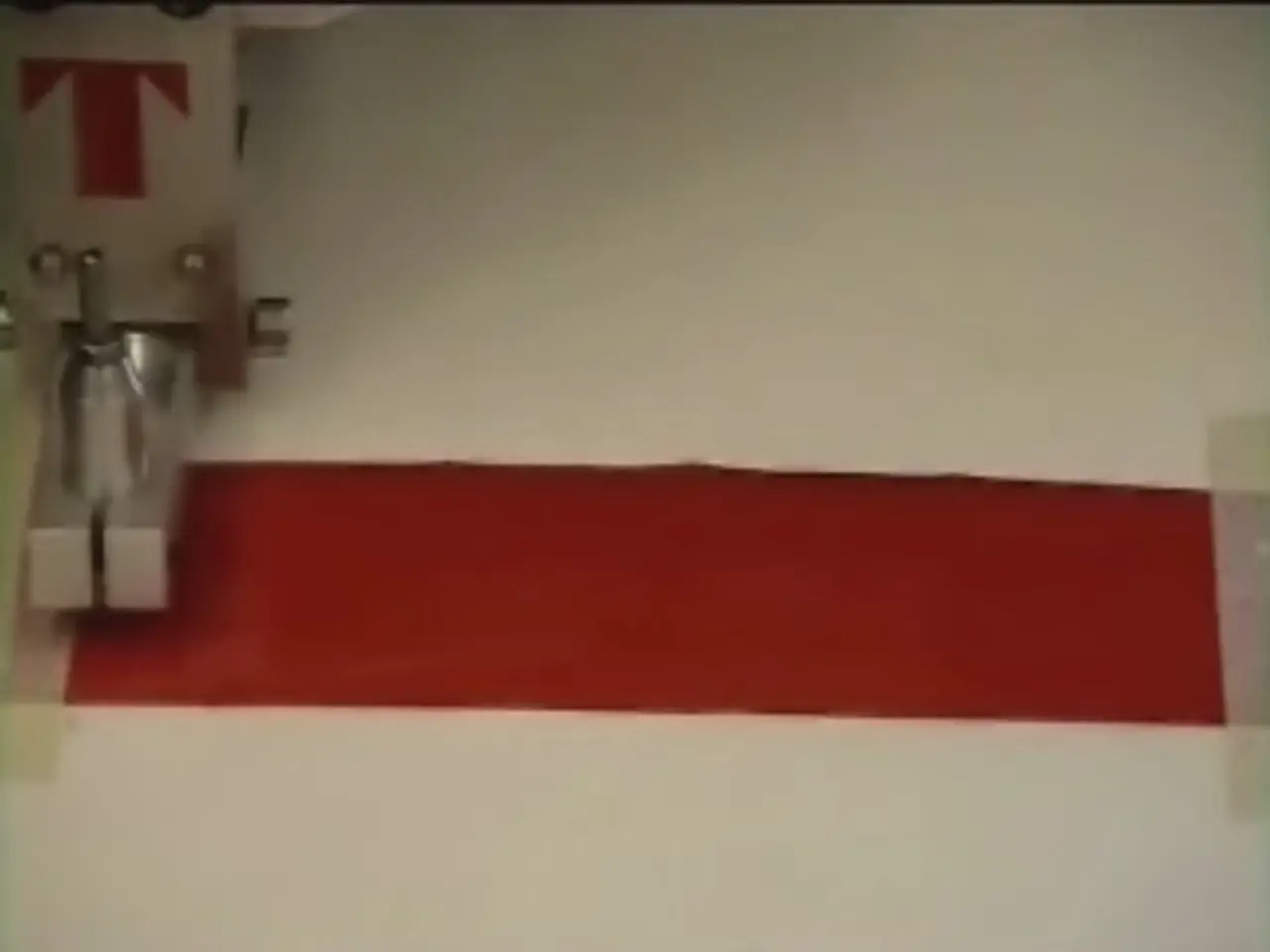Quantum-driven machine learning facilitates production of semiconductors for the first time, potentially revolutionizing chip manufacturing processes.
================================================================
In a groundbreaking development, scientists in Australia have created a quantum machine learning technique that could transform the way microchips are manufactured. This new approach, a blend of artificial intelligence and quantum computing principles, improves the modeling of electrical resistance inside microchips, leading to more accurate predictions than classical machine learning methods [1][3][5].
The process of semiconductor fabrication is complex and requires painstaking precision. It involves stacking and sculpting hundreds of microscopic layers onto a silicon wafer, culminating in the application of a photoresist coating that applies a light-sensitive material, enabling precise patterning to create the tiny, complex shapes that define a chip's circuitry [2].
The researchers, led by a team from the University of New South Wales, focused their study on modeling Ohmic contact resistance, a particularly challenging aspect in chipmaking. Ohmic contact resistance is a key factor in a chip's function, and accurately modeling it is essential for optimizing manufacturing processes and device efficiency [1].
The team developed a new machine learning architecture called the Quantum Kernel-Aligned Regressor (QKAR). QKAR converts classical data into quantum states, allowing the quantum computer to identify complex patterns before a classical computer interprets these patterns to create predictive models [3][5].
Quantum computers use qubits, which can exist in multiple states simultaneously, allowing quantum computing systems to process complex mathematical relationships much faster than classical systems [4]. This speed and accuracy are crucial in handling the small, noisy, and nonlinear datasets typical in semiconductor fabrication.
The researchers used 159 experimental samples of gallium nitride high-electron-mobility transistors (GaN HEMTs) for their work. They tested QKAR on these samples and found that it significantly outperformed seven leading classical models, including deep learning and gradient boosting methods, in testing. Although specific figures were not included in the study, QKAR achieved a significantly better result than is achieved using traditional models [1][3][5].
The new model was also tested on five new samples that were not included in the training data, further demonstrating its effectiveness. QKAR was designed to be compatible with real-world hardware, making it deployable on quantum machines as they become more reliable [3].
The scientists wrote that the method could soon be applied to real-world chip production as quantum hardware continues to evolve. This advancement could revolutionize microchip production, enabling smarter, faster, and more cost-effective fabrication of high-performance electronic components [1][3][5].
References: [1] Nature.com, Quantum machine learning improves microchip manufacturing, 2021. [Online]. Available: https://www.nature.com/articles/s41586-021-03629-z [2] Semiconductor Fabrication, An Overview, Semiconductor Industry Association, 2021. [Online]. Available: https://www.semiconductors.org/technology/fabrication [3] ScienceDirect, Quantum machine learning for Ohmic contact resistance modeling in GaN HEMTs, 2021. [Online]. Available: https://www.sciencedirect.com/science/article/pii/S2468067821000918 [4] Quantum Computing Report, What is Quantum Computing?, 2021. [Online]. Available: https://quantumcomputingreport.com/what-is-quantum-computing/
Science and technology have intertwined in a novel quantum machine learning technique, developed by researchers from the University of New South Wales, which could revolutionize microchip manufacturing. This new method, named the Quantum Kernel-Aligned Regressor (QKAR), harnesses the power of quantum computers to model Ohmic contact resistance in chipmaking, outperforming classical models in both training and testing data.




